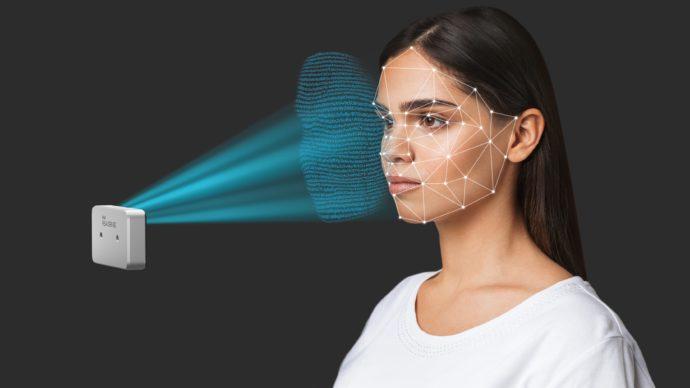Intel introduced Intel RealSense ID, an on-device solution that combines an active depth sensor with a specialized neural network designed to deliver secure, accurate and user-aware facial authentication. Intel RealSense ID works with smart locks, access control, point-of-sale, ATMs, kiosks and more.
With an easy enrollment process and no network setup needed, Intel RealSense ID brings a highly accurate, natural solution that simplifies secure entry. Using only a glance, users are able to quickly unlock what’s important to them. Intel RealSense ID combines active depth with a specialized neural network, a dedicated system-on-chip and embedded secure element to encrypt and process user data quickly and safely. To ensure continued ease of use, Intel RealSense ID also adapts to users over time as they change physical features, such as facial hair and glasses. The system works in various lighting conditions for people with a wide range of heights or complexions.
Why It’s Important: As traditional authentication methods leave users vulnerable to ID theft and security breaches, companies and individuals are turning to facial authentication technology to ensure the highest levels of security and privacy are met. In industries such as finance, healthcare and smart access control, companies need technology they can trust. Intel RealSense ID has built-in anti-spoofing technology to protect against false entry attempts using photographs, videos or masks, and provides a one-in-1-million false acceptance rate.
Privacy driven and purpose built for user protection, Intel RealSense ID processes all facial images locally and encrypts all user data. The solution is also only activated through user awareness and will not authenticate unless prompted by a pre-registered user. As with all Intel technology, we are working to ensure the ethical application of RealSense and the protection of human rights.
More Context: Intel RealSense (Intel.com)


